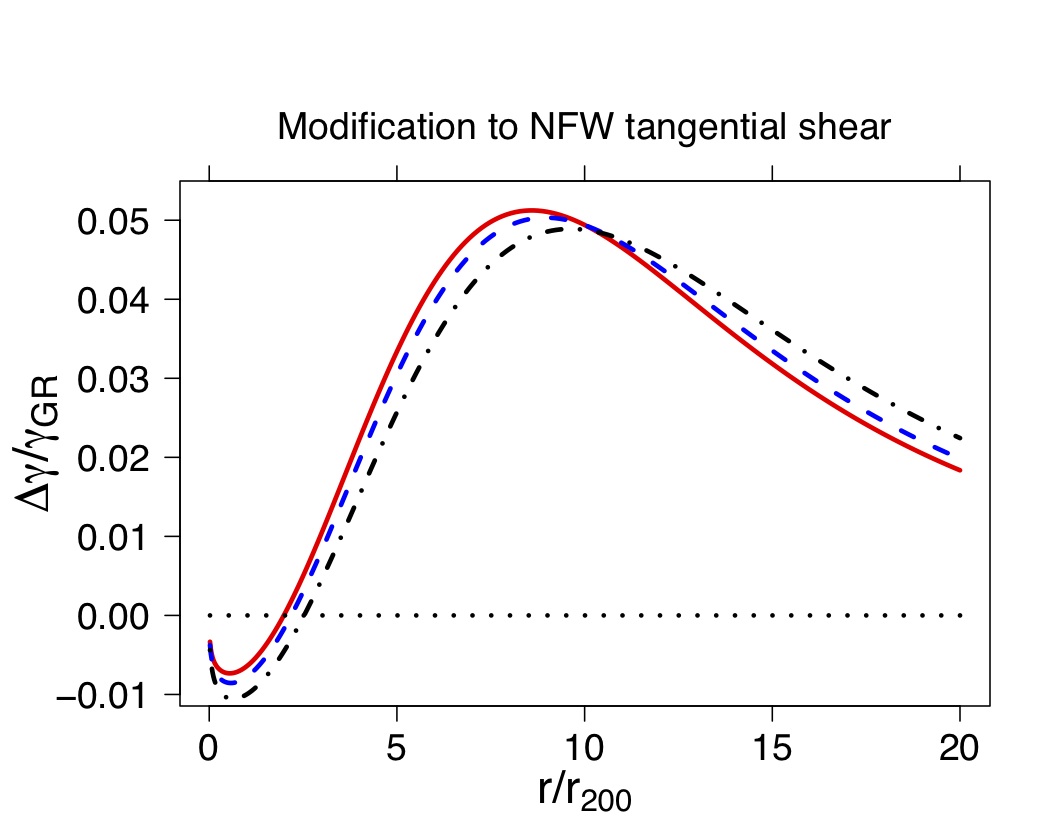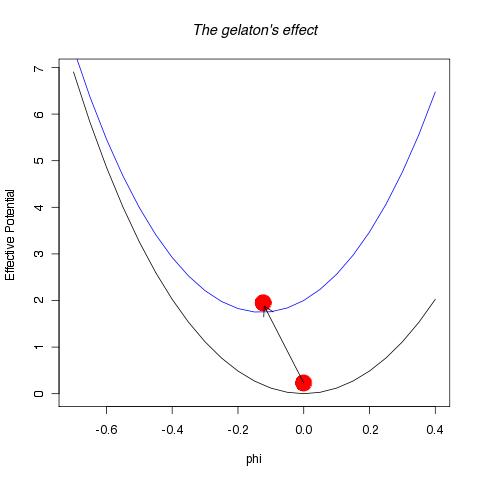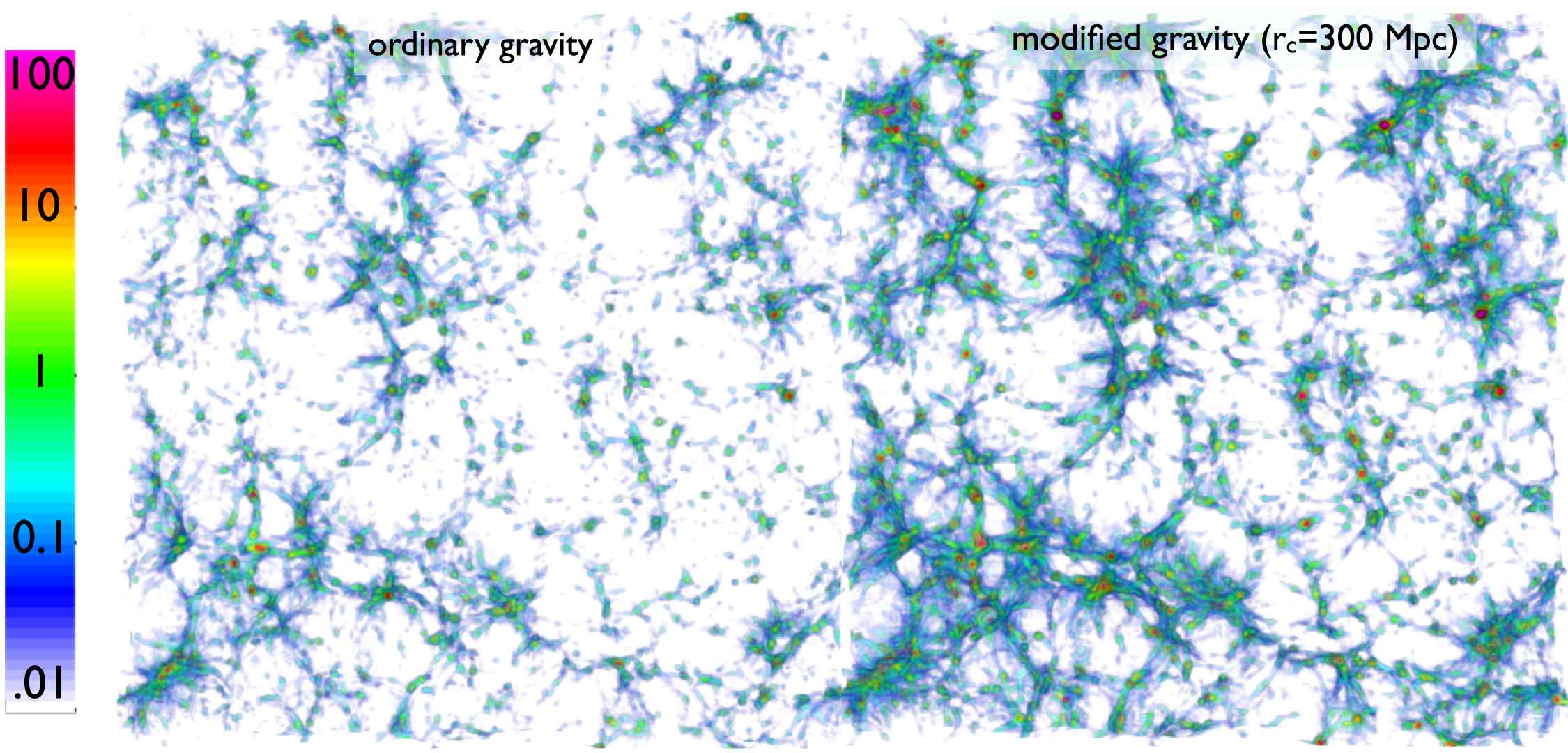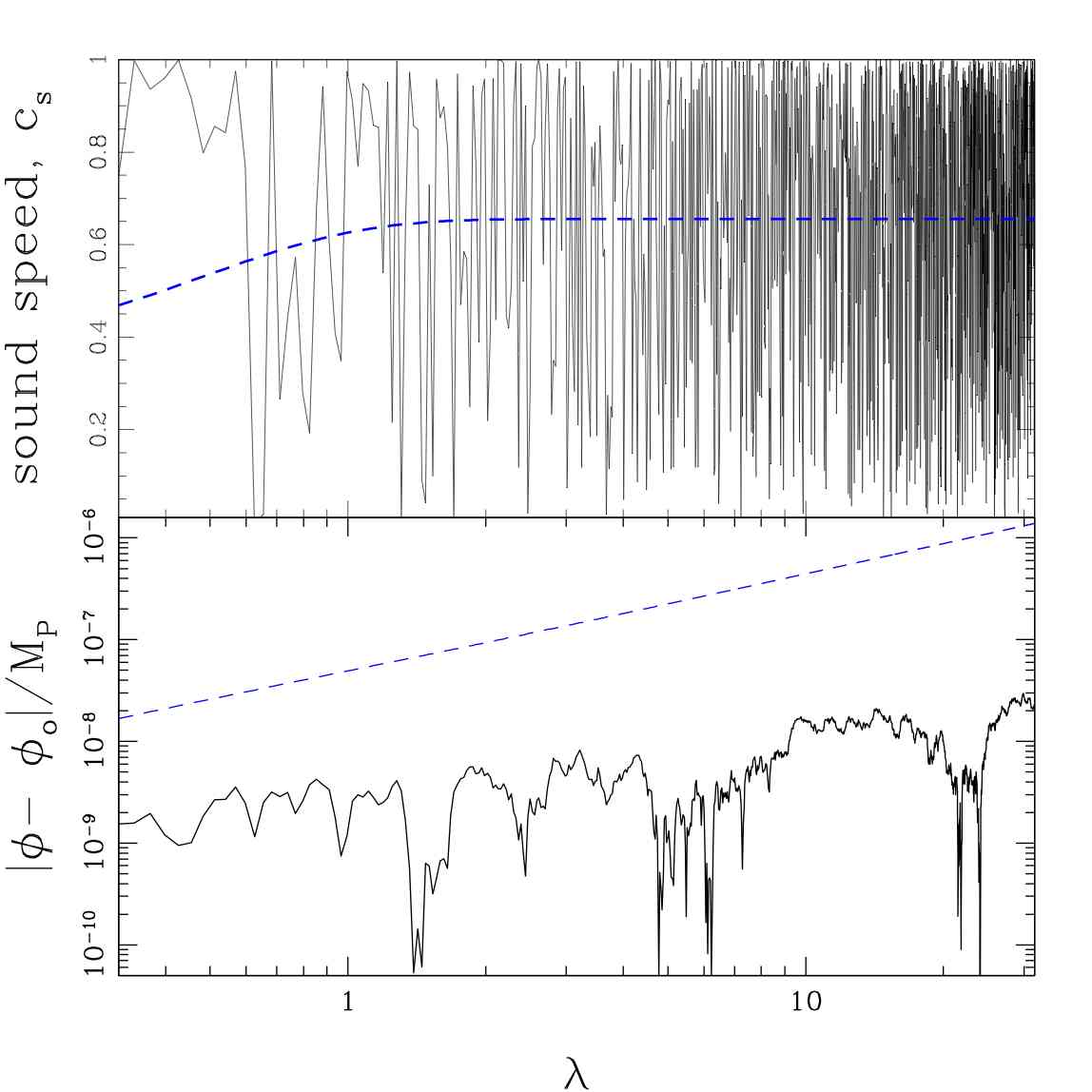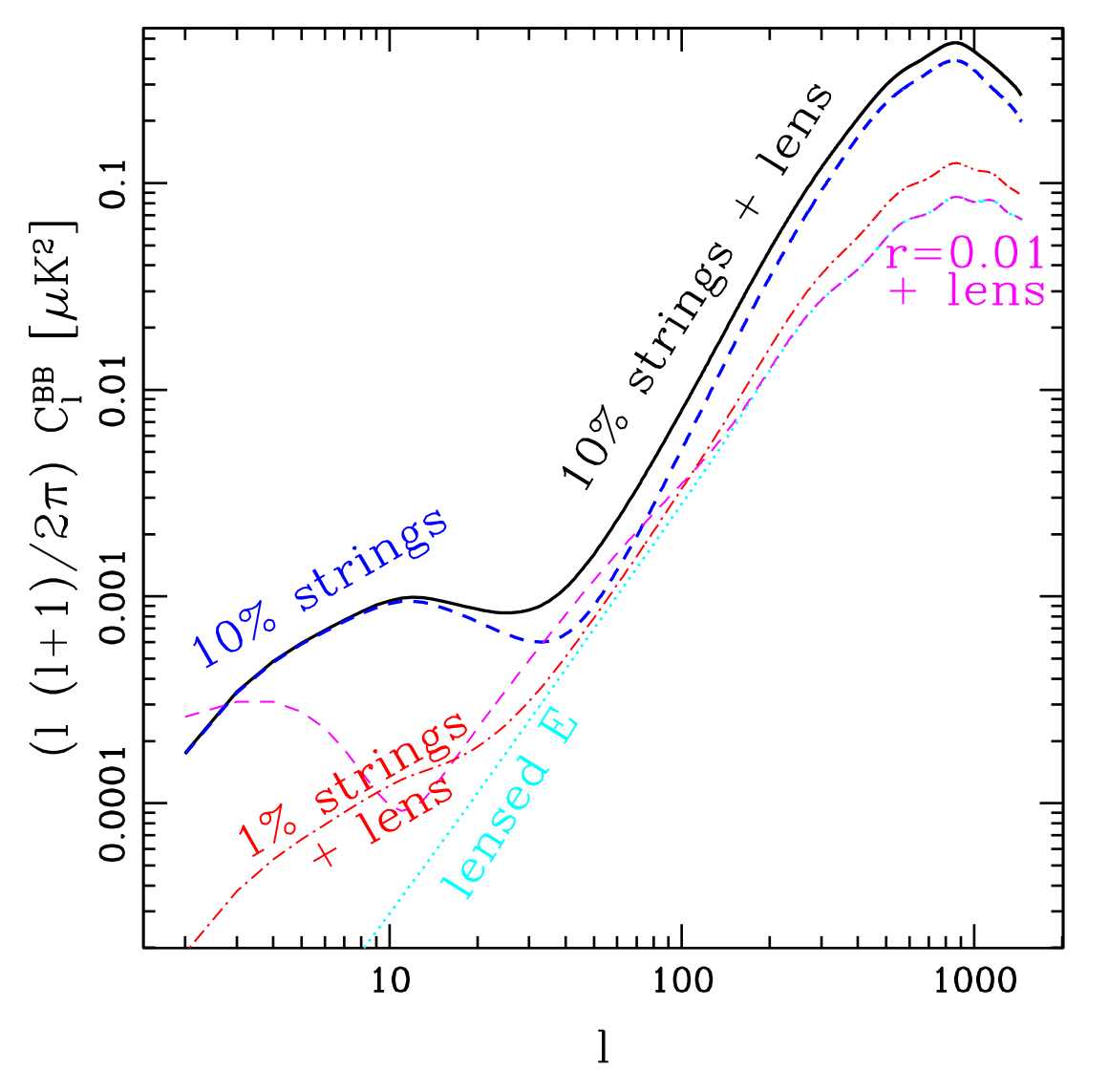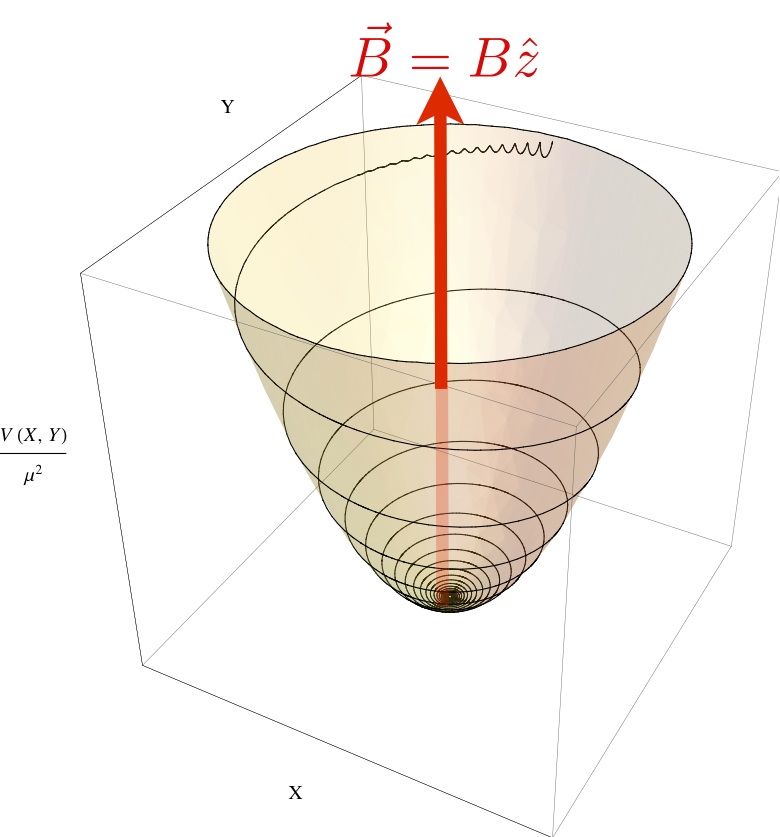
Inflation from Magnetic Drift
In a series of collaborative papers [1,2, 3],
I introduced a new, general mechanism for realizing a phase of inflation, using an analog of magnetic drift, rather than a flat
potential, to slow down the inflaton's roll. The original Chromo-Natural model produces chiral gravitational waves, but appears in conflict with
Planck data in its basic form. We are identifying extensions that evade these dangers now.

